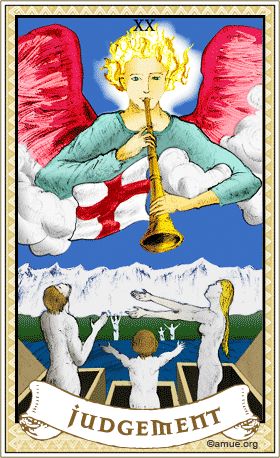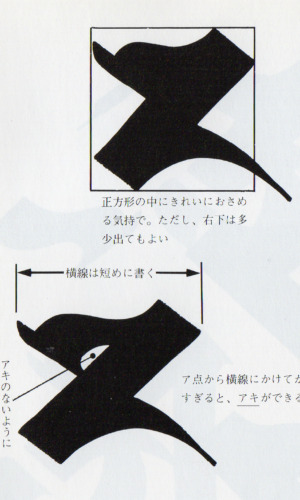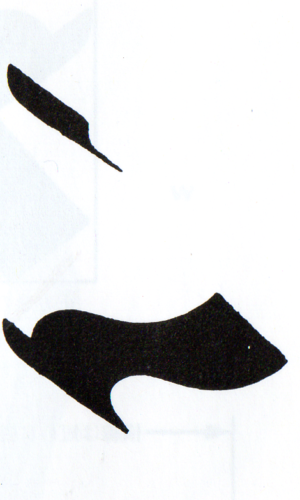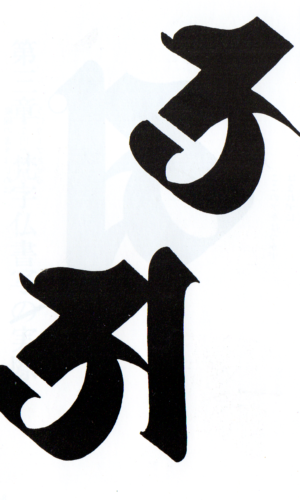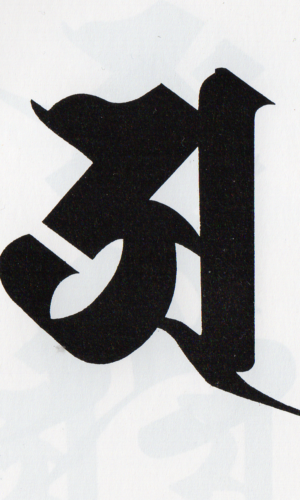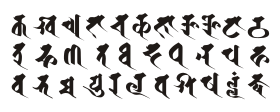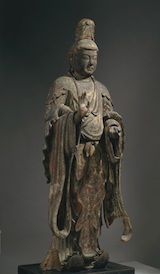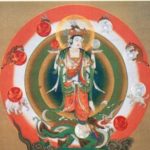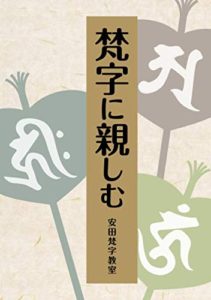サンスクリット
サンスクリット( 梵 : संस्कृत 、 saṃskṛta 、 英 : Sanskrit )は、 古代 インド・アーリア語 に属する 言語 。 インド など 南アジア および 東南アジア において用いられた古代語。 文学 、 哲学 、 学術 、 宗教 などの分野で広く用いられた。 ヒンドゥー教 の 礼拝用言語 でもあり、 大乗仏教 でも多くの経典がこの言語で記された
漢字表記の 梵語 (ぼんご)は、中国や日本など、 漢字文化圏 でのサンスクリットの異称。 日本 では近代以前から、 般若心経 など、サンスクリットの原文を漢字で翻訳したものなどを通して、梵語という言葉は使われてきた。梵語は、サンスクリットの起源を造物神 ブラフマン (梵天)とするインドの伝承を基にした言葉である。
サンスクリットはインド・ヨーロッパ語族のインド・イラン語派インド語群に属する古代語である。
リグ・ヴェーダ(最古部は紀元前1500年頃)をはじめとするヴェーダ文献に用いられていたヴェーダ語をその祖とする。ヴェーダ語の最古層は、インド・イラン語派イラン語群に属する古典語であるアヴェスター語のガーサーの言語(古アヴェスター語)と非常に近い。
サンスクリットは本来文字を持たない言語であり、その後も近代までは書記よりも読誦を主とする文化が続いていた。このことが逆に、時代・地域によって異なる様々な表記法をサンスクリットにもたらした[40]。サンスクリットが文字表記されるようになるのは4世紀ごろにインド系文字の祖であるブラーフミー文字がサンスクリット表記に使用されるようになってからであるが、この文字は本来より新しい言語であるプラークリットの表記のために開発された文字であり、正確な表記のために新たな表記法が開発された[41]。さらにブラーフミー文字表記のサンスクリットはインド文化とともに東南アジア諸国に伝播し、この地に多様なブラーフミー系文字を生み出すこととなった[42]。日本では伝統的に悉曇文字(シッダマートリカー文字の一種、いわゆる「梵字」)が使われてきたし、南インドではグランタ文字による筆記が、その使用者は少なくなったものの現在も伝えられている[43]。
現在では、地域をとわずインド全般にデーヴァナーガリーを使ってサンスクリットを書くことが行われているが、このようになったのは最近のことである[44]。ラテン文字による翻字方式としてはIASTが一般的である。
仏教では最初、日常言語であるプラークリットを用いて布教を行っており、経典もまたプラークリットでパーリ語経典として書かれていた。しかし4世紀に入り、グプタ朝が学術振興を行うとともにサンスクリットを公用語とすると、他宗教との論争や教理の整備の関係上、仏教でもサンスクリットが使用されるようになり[53]、また仏典がサンスクリットに翻訳されるようになった。この動きは特に大乗仏教において盛んとなり、以後大乗仏教はサンスクリット経典が主流となっていった。この過程で、一時的に言語の混淆が起き、仏教混淆サンスクリットと呼ばれるサンスクリットとプラークリットの混合体が出現して仏典に一時期用いられた[54]。
上座部仏教がプラークリット(パーリ語)の経典を保持したまま東南アジア方面へ教線を伸ばしていったのに対し、大乗仏教は北のシルクロード回りで東アジアへと到達し、仏教の伝播とともにサンスクリットはこれら諸国に伝えられていった。ただし初期の漢訳仏典の原典はかならずしもサンスクリットではなかったと考えられており、ガンダーラ語のようなプラークリットに由来する可能性もある[55]。しかし中国で仏教が広まるに従い、巡礼や経典を求めて仏教発祥の地であるインドへと赴く、いわゆる入竺求法僧が現われはじめた。この時期にはインドの大乗仏教の仏典はほぼサンスクリット化されており、このため彼らによって持ち帰られた仏典の大半はサンスクリットによるものだった[56]。5世紀の法顕や7世紀の義浄などが入竺求法僧として知られるが、なかでもこうした僧の中で最も著名なものは7世紀、唐の玄奘であり、持ち帰った膨大なサンスクリット仏典の漢訳を行って訳経史に画期をなした。彼以降の仏典訳は訳経史区分上新訳と呼ばれ[57]、それ以前の鳩摩羅什らによる古い、しばしばサンスクリットからではない[58]旧訳と区分されている[59]。
日本へは中国経由で、仏教、仏典とともにサンスクリットにまつわる知識や単語などを取り入れてきた。その時期は遅くとも真言宗の開祖空海まではさかのぼることができる。仏教用語の多くはサンスクリットの漢字による音訳であり、”僧”、”盂蘭盆”、”卒塔婆”、”南無・阿弥陀・仏[60]”などがある。”檀那(旦那)”など日常語化しているものもある。また、陀羅尼(だらに、ダーラニー)、真言(マントラ)は漢訳されず、サンスクリットを音写した漢字で表記され、直接読誦される。陀羅尼は現代日本のいくつかの文学作品にも登場する(泉鏡花「高野聖」など)。卒塔婆や護符などに描かれる文字については梵字を参照。日本語の五十音図の配列は、サンスクリットの伝統的な音韻表の配列に影響を受けていると考えられ、サンスクリット音韻学である悉曇学に由来するとされる。
梵字
梵字(ぼんじ)は、 インド で使用される ブラーフミー系文字 ( 英 : Brahmic script )の総称的な漢訳名である。ブラーフミーは「 ブラフマー ( 梵天 )の創造した 文字 」を意味する。また、単に「梵語( サンスクリット )を表記するための文字」とも解される。日本では、歴史的・伝統的に 悉曇文字 (しったんもじ、 英 : Siddhaṃ script )を指すことが多い。
梵字(ぼんじ)は、 インド で使用される ブラーフミー系文字 ( 英 : Brahmic script )の総称的な漢訳名である。ブラーフミーは「 ブラフマー ( 梵天 )の創造した 文字 」を意味する。また、単に「梵語( サンスクリット )を表記するための文字」とも解される。日本では、歴史的・伝統的に 悉曇文字 (しったんもじ、 英 : Siddhaṃ script )を指すことが多い。
梵字(悉曇文字)は一字一字が諸仏諸尊をあらわしており、ひとつの梵字が複数の仏を表すことがほとんどである。これを 種子 (しゅじ)または種字という。一つの仏でも 金剛界 、 胎蔵界 で違う文字を使う場合もある(例:大日如来:胎蔵界: a /金剛界: vaṃ )
Sanskrit
Sanskrit (梵: संस्कृत, saṃskṛta, English: Sanskrit) is a language belonging to ancient Indian Aryan. Ancient language used in South Asia and Southeast Asia such as India. Widely used in fields such as literature, philosophy, academics, and religion. It is also a Hindu worship language, and many scriptures were written in this language in Mahayana Buddhism
The Kanji word “Bongo” is a nickname for Sanskrit in Chinese character culture areas such as China and Japan. In pre-modern Japan, the word 梵語 has been used through the translation of Sanskrit original text in Chinese characters, such as Hanwa Shinkei. Jingo is a word based on Indian tradition with the origin of Sanskrit as the artifact God Brahman.
Sanskrit is an ancient language belonging to the Indo-Iranian group of Indo-European languages.
Its origin is the Vedic language used in the Vedic literature, including Rig Veda (the oldest part is around 1500 BC). The oldest layer of Vedic language is very close to the Avester Garser language (Old Avester), a classical language belonging to the Indo-Iranian Iranian group.
Sanskrit was originally a language that had no letters, and until that time, it continued to be a culture mainly of reading rather than clerk. In contrast, Sanskrit brought various notations that differed by period and region [40]. Sanskrit is written in character after Brahmi, the ancestor of Indian characters, was used in Sanskrit notation around the 4th century. A character developed for liter notation, and a new notation was developed for accurate notation [41]. Furthermore, the Sanskrit written in Brahmi characters was propagated to Southeast Asian countries along with Indian culture, creating a variety of Brahmy characters in this area [42]. Traditionally, the Japanese characters have been used in Japan (a kind of Siddharma tricker character, the so-called “梵 character”), and in South India, the use of Granta characters has been reported, although the number of users has been reduced. 43].
Today, writing Sanskrit using Devanagari across India, regardless of region, has only recently happened [44]. IAST is common as a transliteration method using Latin characters.
In Buddhism, it was first practiced using Placrit, an everyday language, and the scriptures were also written as Purali scriptures in Placrit. However, in the 4th century, when the Gupta era promoted academics and made Sanskrit the official language, Sanskrit was also used in Buddhism due to disputes with other religions and the development of doctrines [53]. Has been translated into Sanskrit. This movement became particularly popular in Mahayana Buddhism, and since then Mahayana Buddhism has become the mainstream of Sanskrit scriptures. During this process, there was a temporary chaos in the language, and a mixture of Sanskrit and Prakrit, called the Buddhist chaos Sanskrit, emerged and used for a period of time in Buddhist scriptures [54].
While theravada Buddhism extended the teaching line toward Southeast Asia while retaining the scripture of Purakrit (Pali), Mahayana Buddhism reached East Asia around the North Silk Road, along with the propagation of Buddhism Sanskrit was communicated to these countries. However, it is believed that the original Chinese translation of the original Buddhist scriptures was not necessarily Sanskrit, and may originate from Plakrit like Gandhara [55]. However, as Buddhism spread in China, so-called priests of solicitation began to appear in India, the birthplace of Buddhism in search of pilgrimages and scriptures. During this period, the Mahayana Buddhist scriptures in India were mostly Sanskrit, so most of the Buddhist scriptures brought back by them were Sanskrit. [56] The 5th-century Hoken and the 7th-century Gyojo are known as priests, but the most prominent of these monks is the 7th-century Tang Dynasty, the vast Sanskrit Buddhist Han brought back The translation made a breakthrough in translation history. His later translations of Buddhist translations were called new translations in the history of translation [57], and they were classified as old, often not from Sanskrit [58] old translations [59].
Through China, we have introduced knowledge and words about Sanskrit along with Buddhism and Buddhist scriptures. At that time, you can go back to Kaigon Kukai of Shingon sect at the latest. Many Buddhist terms are transliteration in Sanskrit Kanji, such as “monk”, “Sanran Bon”, “Shoutou”, “Nammu, Amida, Buddha [60]”. Some of them are translated into everyday language such as “Dana”. In addition, mandala, mantra are not translated into Chinese, but are written in Kanji characters that sounded Sanskrit and read directly. Mandala appears in several literary works in modern Japan (such as Kyoka Izumi, “St. Takano”). For the characters drawn on the turret tower and talisman, refer to the characters. The Japanese syllabary arrangement is thought to be influenced by the arrangement of Sanskrit’s traditional phonological table, and is derived from Sanskrit phonology.
Character
“Bonji” is a generic Chinese translation of the Brahmic script used in India. Brahmi means “characters created by Brahma”. It is also understood simply as “characters for expressing Sanskrit”. In Japan, it is historically and traditionally often referred to as “Shitanmoji” (English: Siddhaṃ script).
“Bonji” is a generic Chinese translation of the Brahmic script used in India. Brahmi means “characters created by Brahma”. It is also understood simply as “characters for expressing Sanskrit”. In Japan, it is historically and traditionally often referred to as “Shitanmoji” (English: Siddhaṃ script).
Each 梵 character (悉 cloud character) represents various Buddha’s various buddhists, and one 表 す character often represents multiple Buddhas. This is called seed or seed. Even a single Buddha may use different characters in the Kongo world and the brewery world (eg, Dainichi Nyorai: The zoo world: a / Kongo world: vaṃ)
